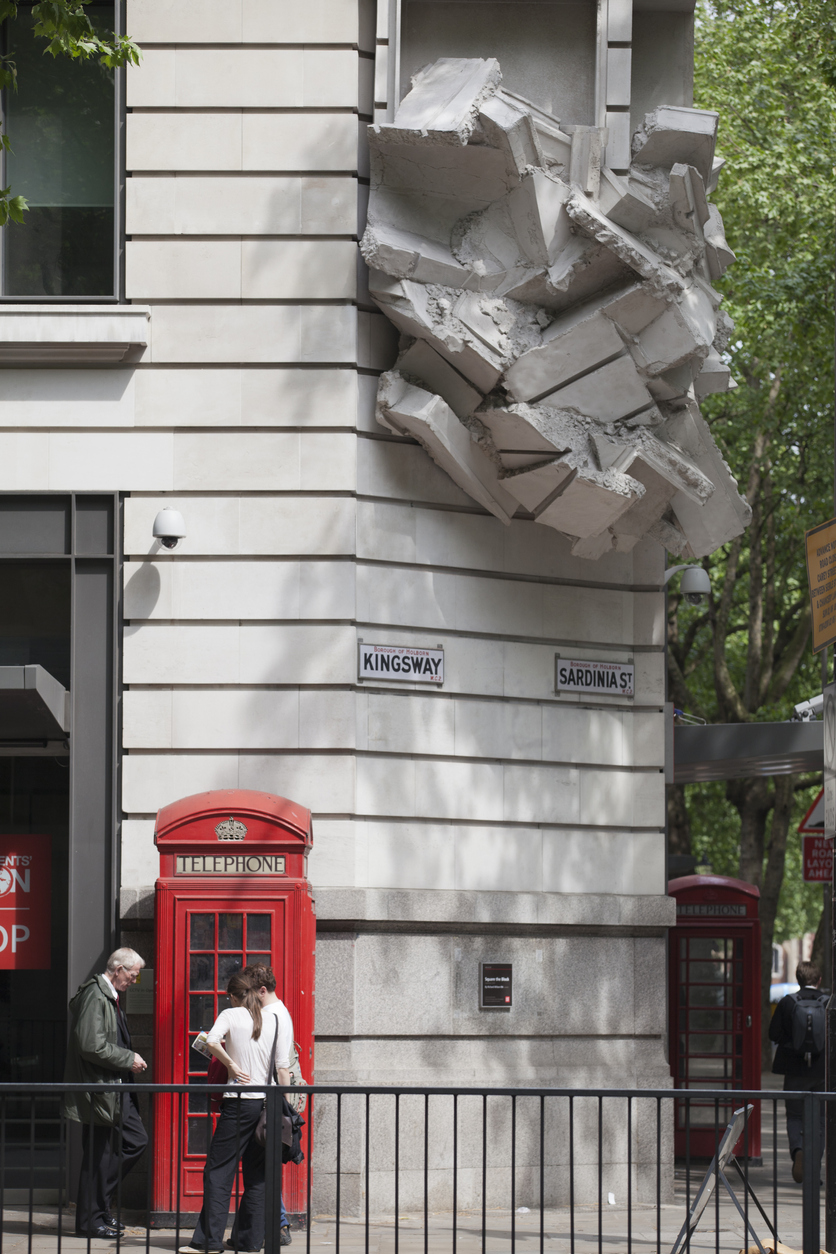When we’re talking to homeowners, we always stress the importance of reading their insurance policy carefully and asking questions if there are any unclear terms or provisions. While most of us who work in the insurance field are familiar with what a homeowners policy contains and the significance of coverages and exclusions, it’s always good to reinforce our knowledge and understanding of the basics. That’s why I want to take a moment to talk about Coverage A and Coverage B.
What Are Coverage A and B?
In general, Coverage A covers damage to the dwelling or house. Coverage B covers damage to other structures, such as a detached garage, work sheds, etc. And if you missed it, we’re talking about homeowners insurance policies here.
What’s Covered by Coverage A?
Coverage A in a homeowners insurance policy typically covers damage to the structure of the house itself (as opposed to damage to the property within it or the cost of the land itself). Factors that are included in calculating your damages under Coverage A include:
- Construction costs
- The cost of the exterior wall construction materials
- The total square footage of the home that was damaged
- Roof type and materials
- The number of bedrooms, bathrooms, etc.
- The style of the home
What Does Coverage B Cover?
Coverage B covers damage to the detached structures on your home property, such as:
- Fences
- Sheds
- Pools
- Detached garages
- Guest houses
- Gazebos
What’s the Limit for Coverage B?
Amounts can vary depending on your particular policy, but typically the limit for Coverage B is 10% of the limit for Coverage A. So, for instance, if the limit for your Coverage A policy is $500,000, the limit for Coverage B will be $50,000.
What Isn’t Covered Under Coverage B?
Like Coverage A, Coverage B covers damage to the detached structures themselves but not to property you may have within them. So while it does cover damage to sheds, detached garages, and pools, it doesn’t cover damage to gardening or sporting equipment in the shed, the car or other items in the garage, or deck chairs and other pool equipment.
Coverage A Versus Coverage B: A California Appellate Case
I recently came across a California appellate case, decided back in September 2013, that discussed in some depth the difference between Coverage A and Coverage B. In Adamo v. Fire Insurance Exchange,1 a dispute arose between the property owner and the insurance company following a wildfire as to whether a damaged water tank and other structures not attached to the residence would be covered under Coverage A if coverage under Coverage B for “other structures” was fully exhausted.
The property owner argued that even though Coverage B expressly covered “other structures” “separated from the dwelling by clear space,” nothing in the policy precluded additional coverage for the same property under Coverage A. The insurance company contended coverage for something like a water tank fell under Coverage B and not Coverage A, and furthermore, since Coverage B limits had already been exhausted to cover damage to some woodsheds and a culvert system, there was nothing left to pay under the policy. The trial court ruled in favor of the insurance company, and the property owner appealed.
Well, how did the appellate court decide this one? The court agreed with the insurance company holding that the water tank and other property were neither “attached” to the dwelling nor “building equipment” for Coverage A to apply and that no additional coverage was available under Coverage B. The court also rejected the insured’s contention that both Coverage A and Coverage B should apply to the same loss suffered as to the same property. In reaching its decision, the court emphasized the following:
[T]he plain language and physical relationship between Coverage A and Coverage B dictate that the coverages are mutually exclusive, not compounded. Coverage B for “other structures” immediately follows Coverage A for the “dwelling.” In addition, “other structures” are defined in relationship to the dwelling. They must be “separated from the dwelling by clear space” to qualify. Property is covered under either Coverage A or B, not both. Structures covered under Coverage B are structures “other” than, and distinct from, those covered under Coverage A.
So, if damage falls under Coverage B, then it cannot fall under Coverage A, and vice versa. As simple as this may sound, the issue was nonetheless litigated and followed by an appeal.
Have More Questions About Insurance Laws and Policy?
There’s a lot to any insurance policy, and things aren’t always cut and dry. At Merlin Law Group, our attorneys are insurance experts who fight to make sure our clients receive the full value of the policies they own in a fair and timely manner.
Find out more about what you need to know about your insurance coverage, and learn how Merlin Law’s attorneys have helped homeowners who need an advocate:
Fighting Against Insurer Tactics
Filing a Property Insurance Claim
What to Do When You Have a Denied/Underpaid Claim
1 Adamo v. Fire Insurance Exchange (2013) 219 Cal. App. 4th 1286.





